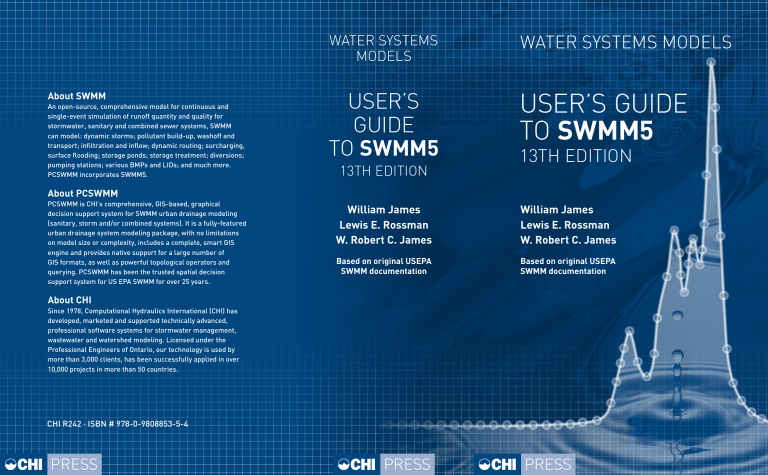

Schlögl et al.Īlso reported similar results using ultrasound images. The results of three‐dimensional thyroid volumetry using CT images were in g.od agreement with the actual thyroid volume. Three‐dimensional thyroid volumetry using CT images The Nuclear Medicine physician determines the administered radioactivity by adjusting the absorbed dose in Equation 1 according to the clinical symptoms of each patient.Ģ.2. In this study, we performed retrospective analyses using these neck CT images. Under this scan condition, the in‐plane spatial resolutions of both systems are comparable. The scan parameters were as follows: X‐ray tube voltage, 120 kVp X‐ray tube current, use automatic exposure control (preset noise index (standard deviation, SD), 8 or 11) mean CT dose index (CTDI vol), 13.0 ± 5.4 mGy rotation speed, 0.5 s/rotation field of view, 200 mm in‐plane resolution, 0.39 mm/pixel slice thickness/gap, 5 mm/5 mm reconstruction kernel, a standard soft‐tissue kernel (FC13 as Aquilion 64, FC03 as Aquilion PRIME SP). For this reason, patients underwent non‐enhanced neck CT examinations (Aquilion 64 or Aquilion PRIME SP Canon Medical Systems, Otawara, Japan) for the determination of thyroid volumes. 1), the administered radioactivity, A, was calculated using the thyroid volume, among other parameters. In our hospital, we determined the administered radioactivity of radioiodine for Graves' disease according to Marinelli's formula. Because five of this cohort underwent radioiodine therapy twice during this period, our analysis eventually included 50 cases. This study aimed to calculate the variation in the thyroid volume determined by the ellipsoid approximation method due to differences in the measured length or area of the cross‐sectional plane of CT images.įorty‐five patients (7 males, 38 females, mean patient age of 50.8 ± 16 years) with Graves' disease who underwent radioiodine therapy as outpatients from December 2014 to April 2018 were included in this retrospective study, approved by the Ethical Review Committee of Nagoya University Hospital (authorization no. We need to investigate how the thyroid volume changes with various diameter combinations, including the combination of the maximum and orthogonal diameter of the cross‐sectional plane. Regardless of the modality employed, it is significant to validate an accurate and simple method for measuring the thyroid volume. Therefore, direct application of their approach is difficult for patients with Graves' disease before radioiodine therapy. However, contrast‐enhanced CT scans will delay radioiodine therapy for weeks or months because the contrast media contains iodine. They targeted patients who underwent contrast‐enhanced CT examination, and the thyroid regions were extracted from the CT images using a three‐dimensional visualization software. The results of three‐dimensional thyroid volumetry from CT images were reported to be in good agreement with the actual thyroid volume by Lee et al. Furthermore, the accuracy of the measurements depends on the subjectivity and skill of the measurers (i.e., physicians, radiological technologists, etc.).

We believe the differences in the measured length or area of the cross‐sectional plane particularly affect the ellipsoid and thus the approximated thyroid volume. However, they did not report on the reason for using the maximum diameter, the method used to measure each diameter, and its variation.

They reported that the approximate volume was 11% larger than the actual volume with a standard deviation of 26%. In their study, the ellipsoid volumes were determined by measuring the maximum transversal, horizontal, and longitudinal diameters. Schlögl et al.Ĭompared the accuracy of the thyroid volume determined by the ellipsoid approximation method and the three‐dimensional segmentation of ultrasound images. In the ellipsoid approximation method, it is customary to use the maximum diameter of the cross‐sectional plane (transverse plane of the body), although there is no clear rule in either past papers or guidelines. Utilizing these images, the thyroid is approximated as a complex of ellipsoids, known as the ellipsoid approximation method, and it has been in popular use owing to its inherent simplicity. Thyroid volumetry involves analyses of images obtained from: (a) scintigraphy, Therefore, accurate thyroid volumetry before radioiodine therapy leads to the accurate determination of the administered radioactivity, thereby ensuring the therapeutic effect. In radioiodine therapy for Graves' disease, the administered radioactivity is often determined based on the patient's thyroid volume. Internal radioiodine therapy (iodine‐131) is a treatment for Graves' disease.


 0 kommentar(er)
0 kommentar(er)
